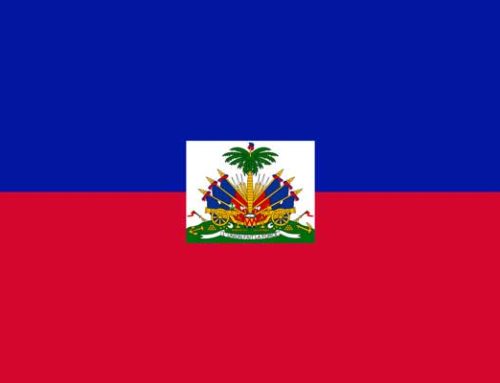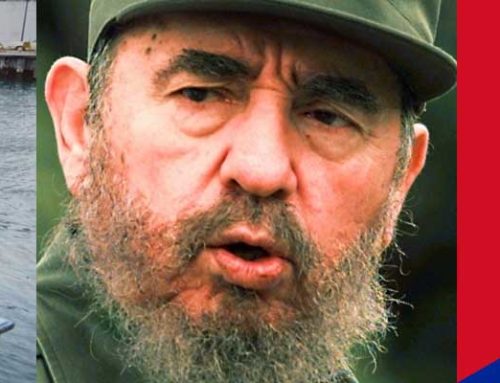Demand for slaves to cultivate sugarcane and other crops caused what came to be known as the triangle trade. Ships leaving Europe first stopped in Africa, trading weapons, ammunition, metal, liquor, and cloth for captives taken in wars or raids. The vessels then traveled to America, where slaves were exchanged for sugar, rum, salt, and other island products. The ships returned home loaded with island products popular with the European people and ready to begin their triangle journey again.
An estimated 8 to 15 million Africans reached the Americas from the 16th through the 19th century. Only the youngest and healthiest people were taken for the middle passage of the triangle trade, partly because they would be worth more in America and partly because they were the most likely to survive he ordeal on board the slave ship. Conditions aboard the ship were dreadful. Enslaved people were jammed into the hull, chained to one another to prevent revolts. As many as one in five passengers did not survive the journey. When one of the enslaved people was stricken with dysentery or smallpox, they were cast overboard.
Those Africans who survived the middle passage faced more abuses on the plantations. Many wealthy Europeans set up plantations and then returned to Europe, leaving their holdings in America to be managed by overseers who were often unstable or unsavory. Families were split up, and the Africans were forbidden to learn to read or write. The enslaved men, women, and children were forced to work with little to eat or drink.
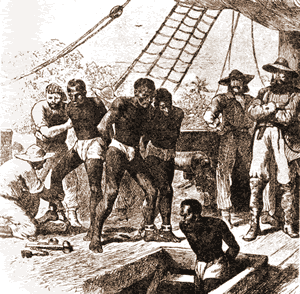
The African slave population quickly began to outnumber the Europeans and Native Americans. The proportion of slaves ranged from about one-third of Cuba’s population to more than ninety percent the people in many of the islands. Slave rebellions were common and costly to the Europeans who financed the plantations. The costs of maintaining slavery grew higher when the European governments sent armed forces to quell the revolts.
Many Europeans began to pressure their governments to abolish slavery. The first organized opposition to slavery came in 1724 from the Quakers, a Christian sect also known as the Society of Friends. Great Britain outlawed slavery in all of their territories in 1833, but the practice continued for almost fifty years on some Caribbean islands.
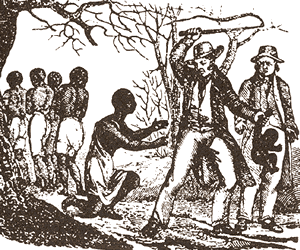
Resources:
Download this lesson as Microsoft Word file or as an Adobe Acrobat file.
Mr. Donn has an excellent website that includes a section on the Caribbean.
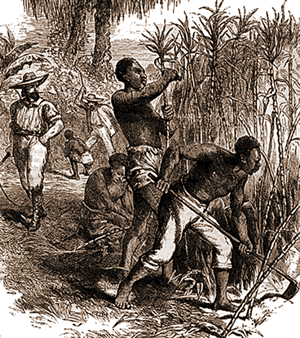
710slaves2
Enslaved Africans forced to work in the field.


